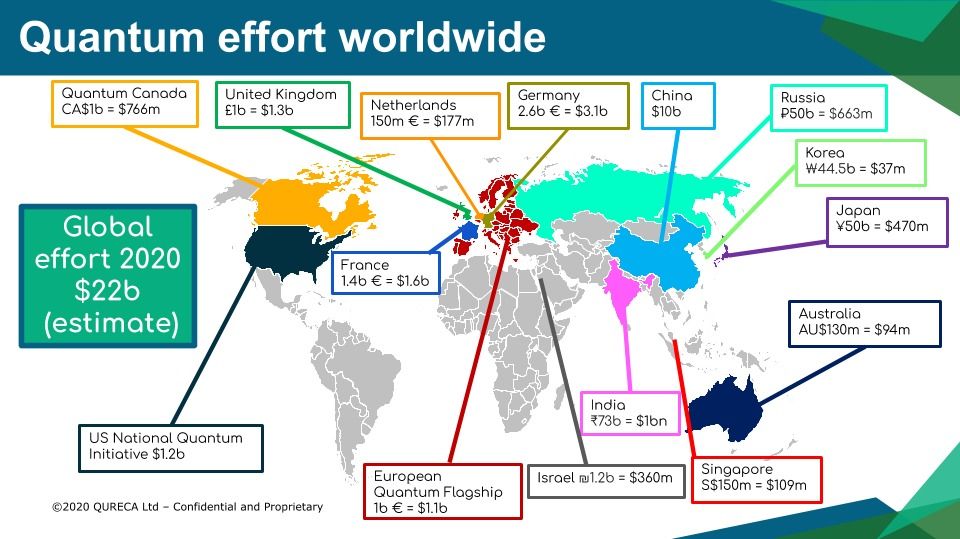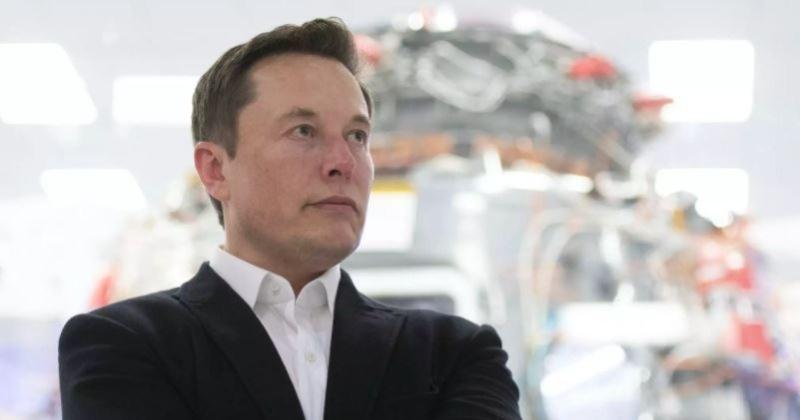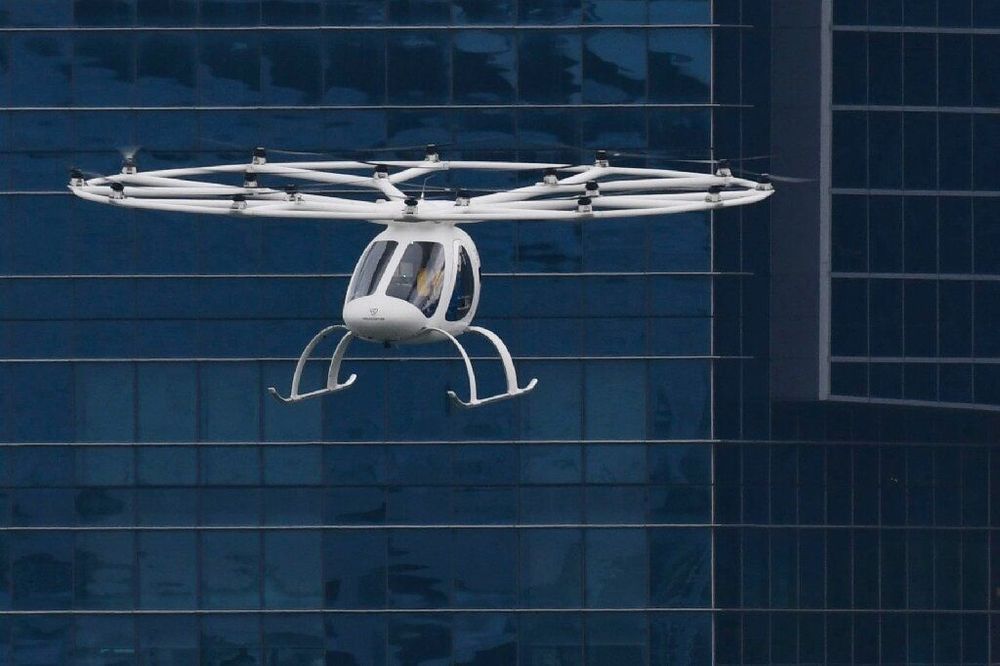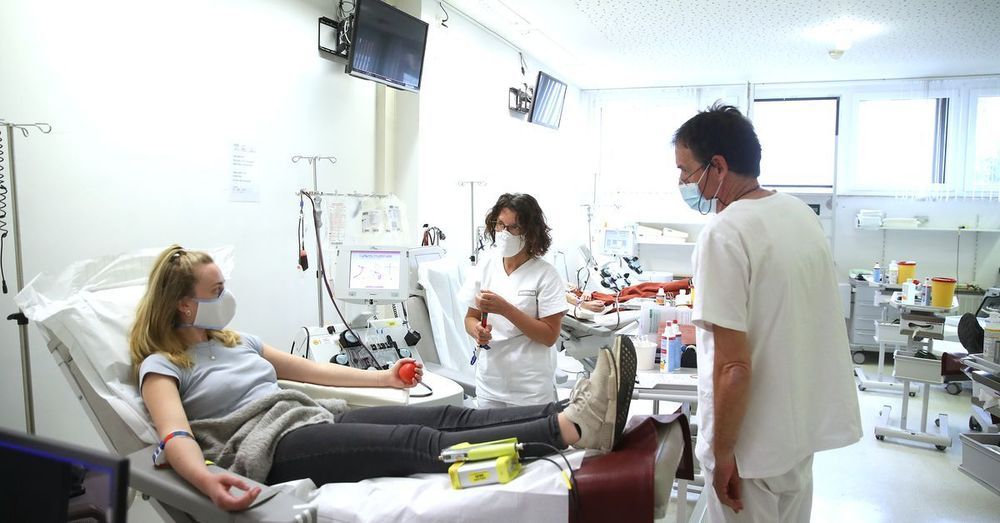Over the last years, there has been an exponential increase in investment in quantum technologies worldwide. The global effort for #publicfunding has been boosted. It is an amazing and exciting time of innovation in this new second quantum revolution. We have summarised the main programs and efforts around the world below. It is not a quantum race. It is a global ecosystem to develop new #quantum technology! It might be outdated by now, but it gives an idea 💡 and add to it the latest announced investments. However, this is not the real deal. Most are disguised under other initiatives such as the ones carried by the DOE in the US.
Over the last years there has been an exponential increase on investment in quantum technologies worldwide. The global effort for public funding has been boosted. It is an amazing and exciting time of innovation in this new second quantum revolution.
We have summarised the main programs and efforts around the world below. It is not a quantum race, it is a global ecosystem to develop the new quantum technology!
Canada is considered one of the world’s leading nations in quantum research. It has invested more than $1 billion in quantum research over the past decade [1].






